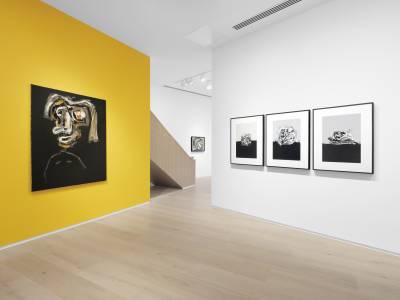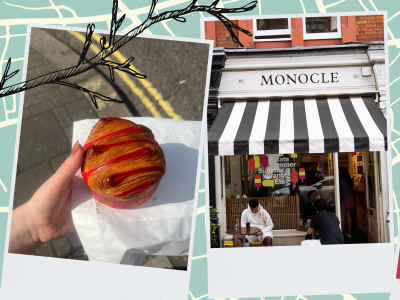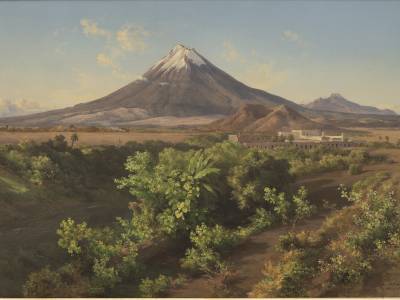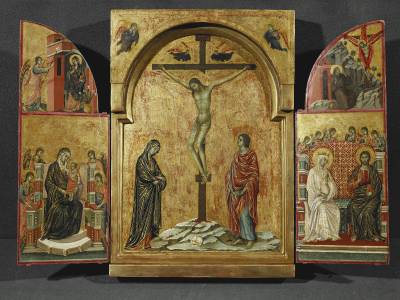Antonio Saura never used his personal experience of pain in his work… He said that when painting he didn’t express himself in a autobiographical way, that his art is anti-sentimental, that his use of powerful images such as the Crucifixion, the distorted (or destroyed) human figure, the face (his own or his Imaginary Portraits) or the body of women were archetypes he needed to work on as structures which allowed him to explore the many different ways to fill up a canvas. Saura had experienced pain at an early age, and he shared this traumatic ordeal with many other artists. Staying confined in bed for years was obviously a trigger to look for an escape into music, literature and painting, but that’s as far as it goes. For him, the act of painting was liberating and restraining at the same time, as if he were walking on a tight rope, or, as he so well wrote himself, “a battlefield, the place where catastrophe is always looming over”.
After 58 years Antonio Saura's works return to London at the Opera Gallery
14th March 2024
After 58 years, Spanish post-war artist, Antonio Saura’s works are on display in London at Opera Gallery. Candice Tucker speaks to the artist's daughter, Marina and CEO of Opera Gallery Group, Isabelle de La Bruyère, about his life, inspirations and the legacy he has left behind both within and outside the art world.
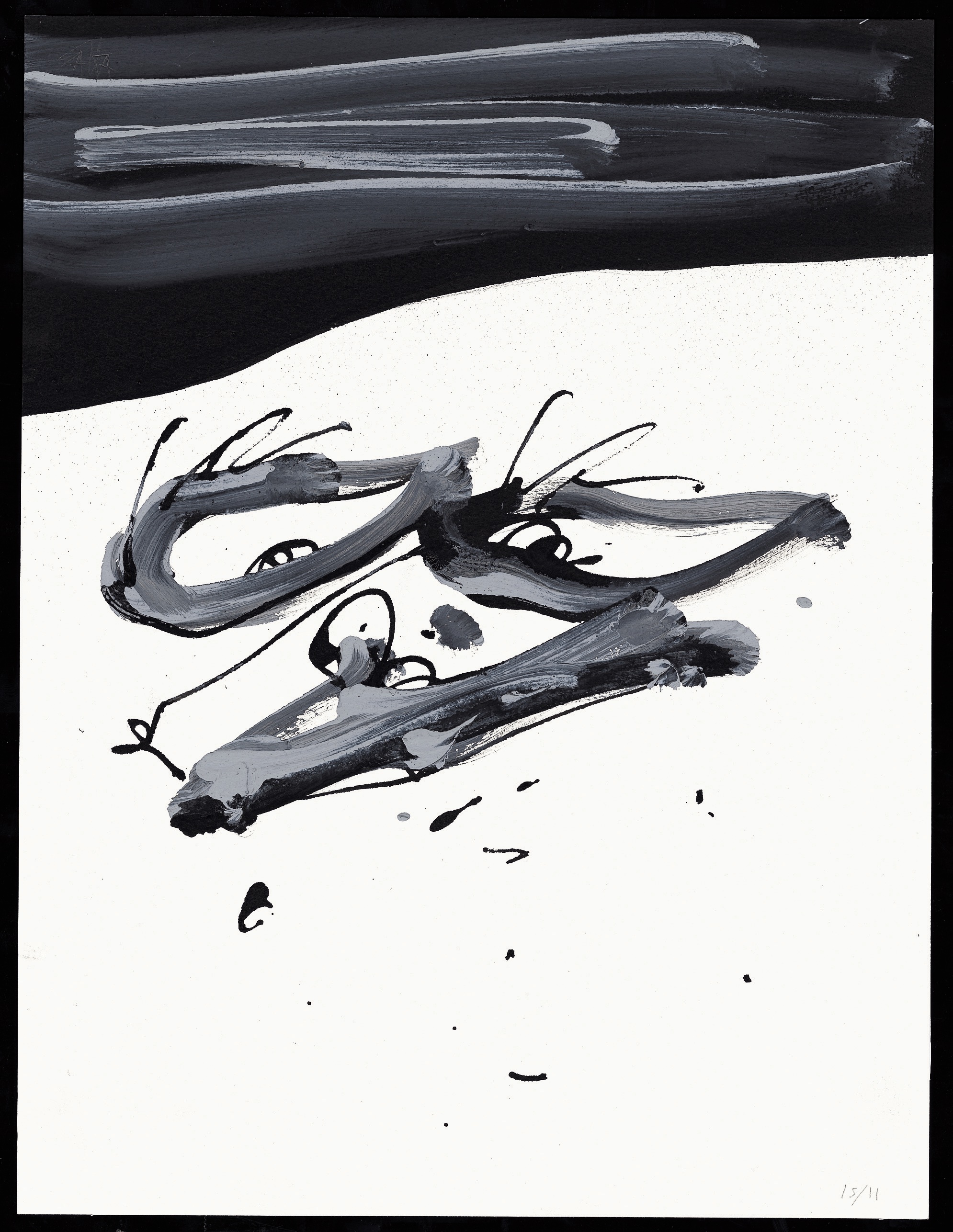
I love them all, but if I had to choose my favourite piece in the exhibition… I’d probably give in to either “Goya’s Dog” or the “Imaginary Portrait of Goya”. The timeless empty space where the head of the Dog appears seems to me a reflection of our solitude in the universe but intimately in touch with one’s own sense of hope, the joy of being alive and the need to transcend our mortal self. Saura said that the small painting of the Dog that Goya painted for himself in his reclusion at La Quinta del Sordo, his last home in Spain before being forced into exile, was his own self portrait.
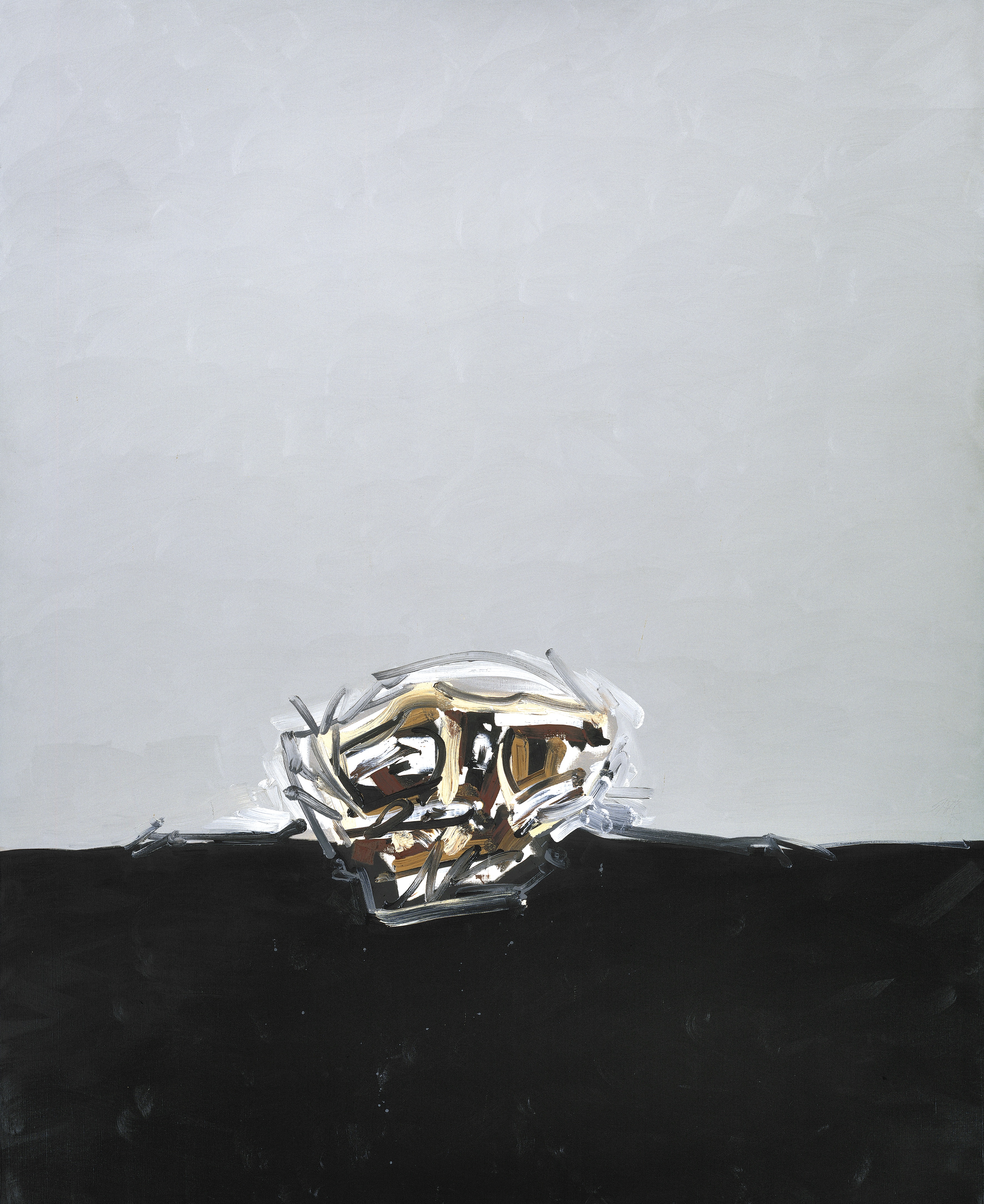

The legacy my father left is… His uncompromising rigour to paint regardless of fashion trends, aspiring to paint what he wanted, how he willed, expressing himself without censorship and managing to live (only) by his work. A tour de force! I think that although he chose a difficult path, and there is still a lot to do to make his work well known worldwide, he undoubtably has earned his place as an artist who defended intelligence, intellectual ambition, full relentless dedication to his art without renouncing to enjoy the pleasures of the world. His brushstrokes are recognisable, his archetypical subjects too. Those who know his work don’t get tired of it and those who discover him are astounded by his intensity. That makes him stand out, doesn’t it?
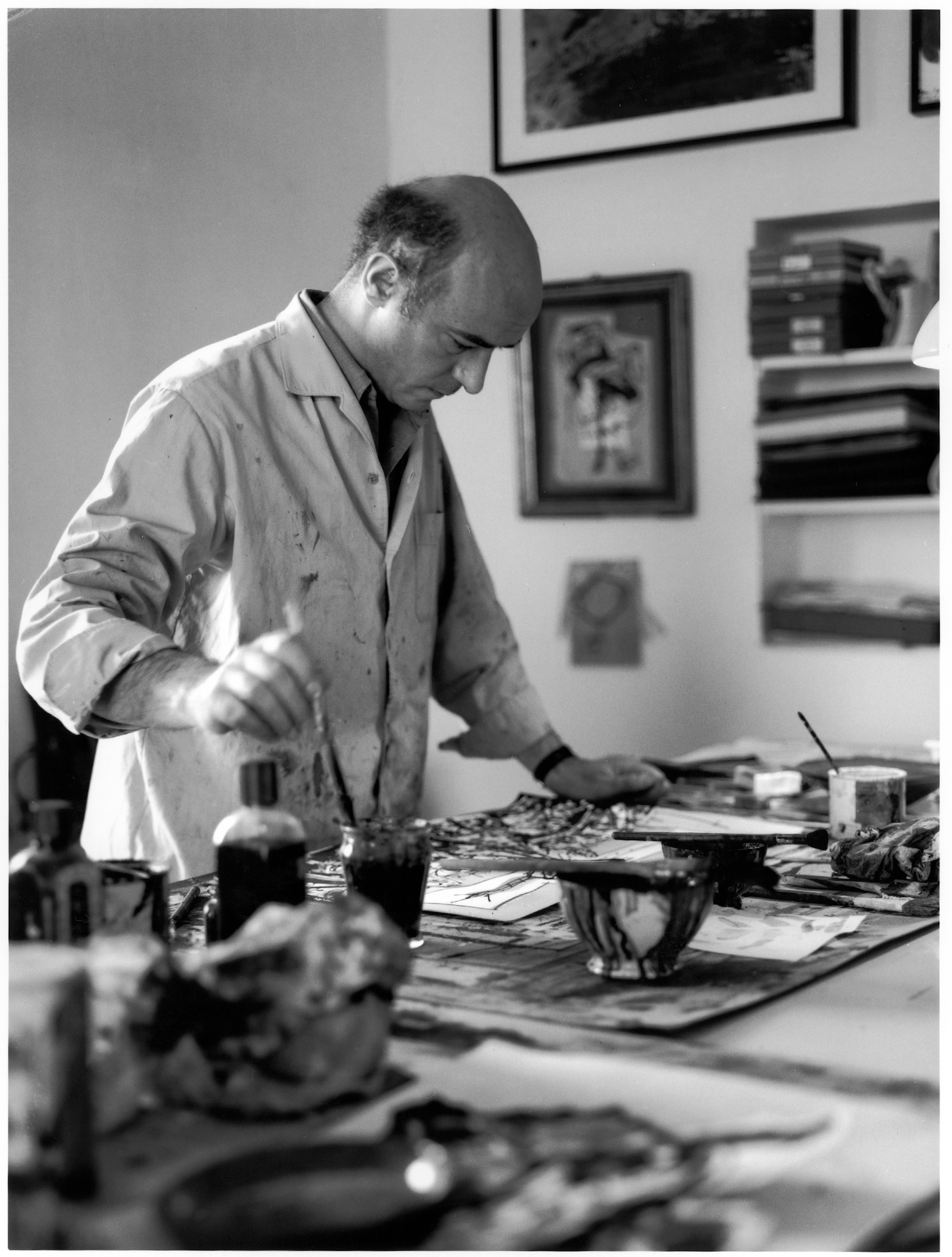
After 58 years, it was time for Antonio Saura’s works to be exhibited in London because… It’s an honour for Opera Gallery to host Antonio Saura's first solo exhibition in London since 1966–where he exhibited at ICA London. As much as Saura’s oeuvre takes strong influence from Spanish art history, the themes he explored reference social and individual qualms across cultures. There is a timeless quality in Saura’s work and the existentialist themes he deals with that very much ties to the zeitgeist of modern day society here in London and beyond.
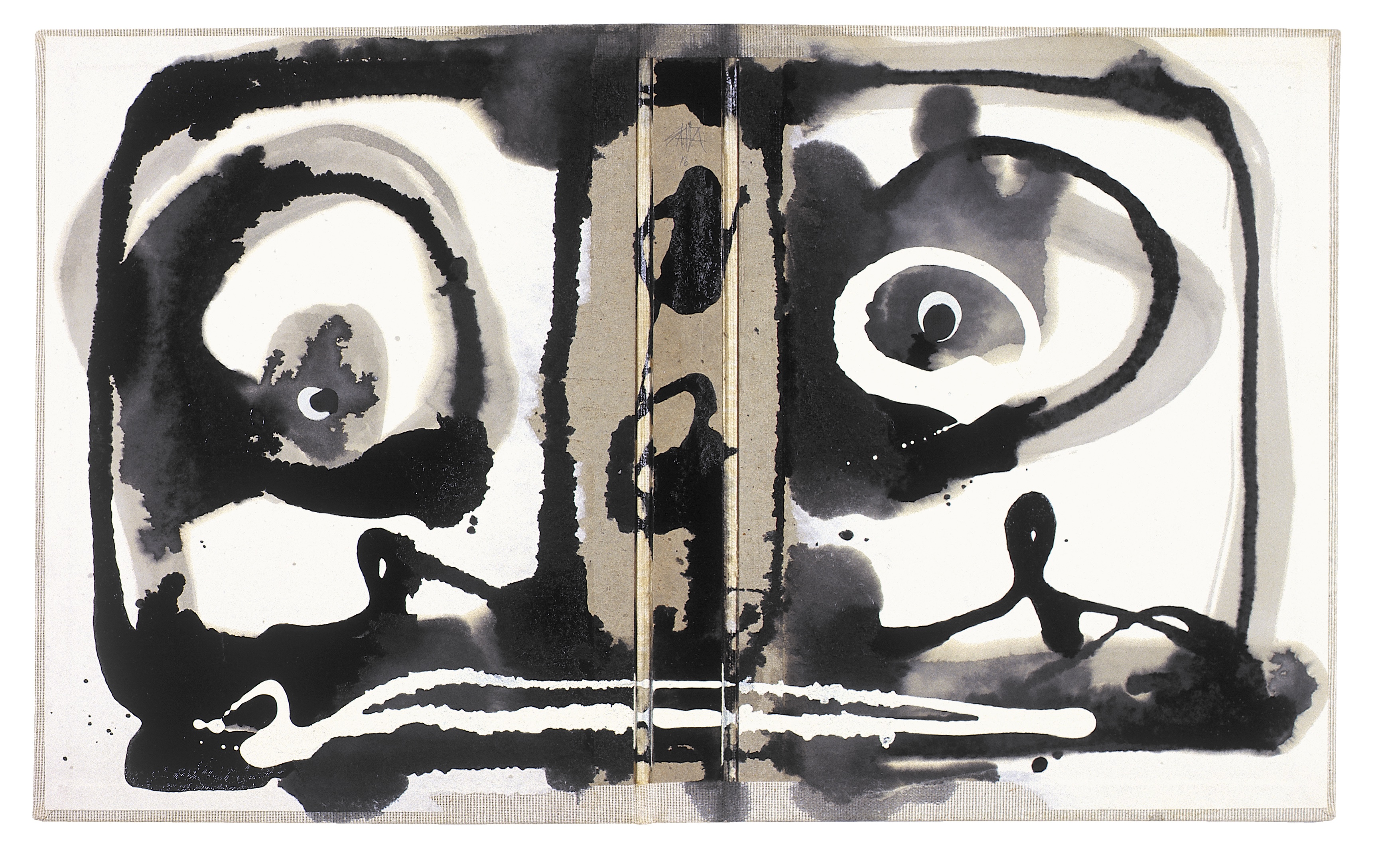
Saura’s style’s and themes developed as… He often expressed emotional turmoil through the framework of repeated motifs. At the age of 13, he contracted tuberculosis and had a 5-year period of immobility where he had to essentially learn about the world through art and books. In this exhibition we’ve explored some major themes in his oeuvre: Crowds, Crucifixion, Portraits and Le Chien de Goya (or Goya’s Dog.) Spanish art history played a major role in influencing Saura, which is clear in the Crucifixion series–a reference to Velazquez’s painting Christ Crucified (1632)–and the Le Chien de Goya series–a reference to Francisco de Goya’s painting titled El Perro (or ‘The Dog’ in English) from ca. 1819-23.
With this exhibition, we also highlight Saura's Auto-da-fé series–which he originally began 40 years ago. This notable suite of paintings was made using the torn-out covers of books and painted with amorphous forms, suggesting a dichotomy between reason and feeling.
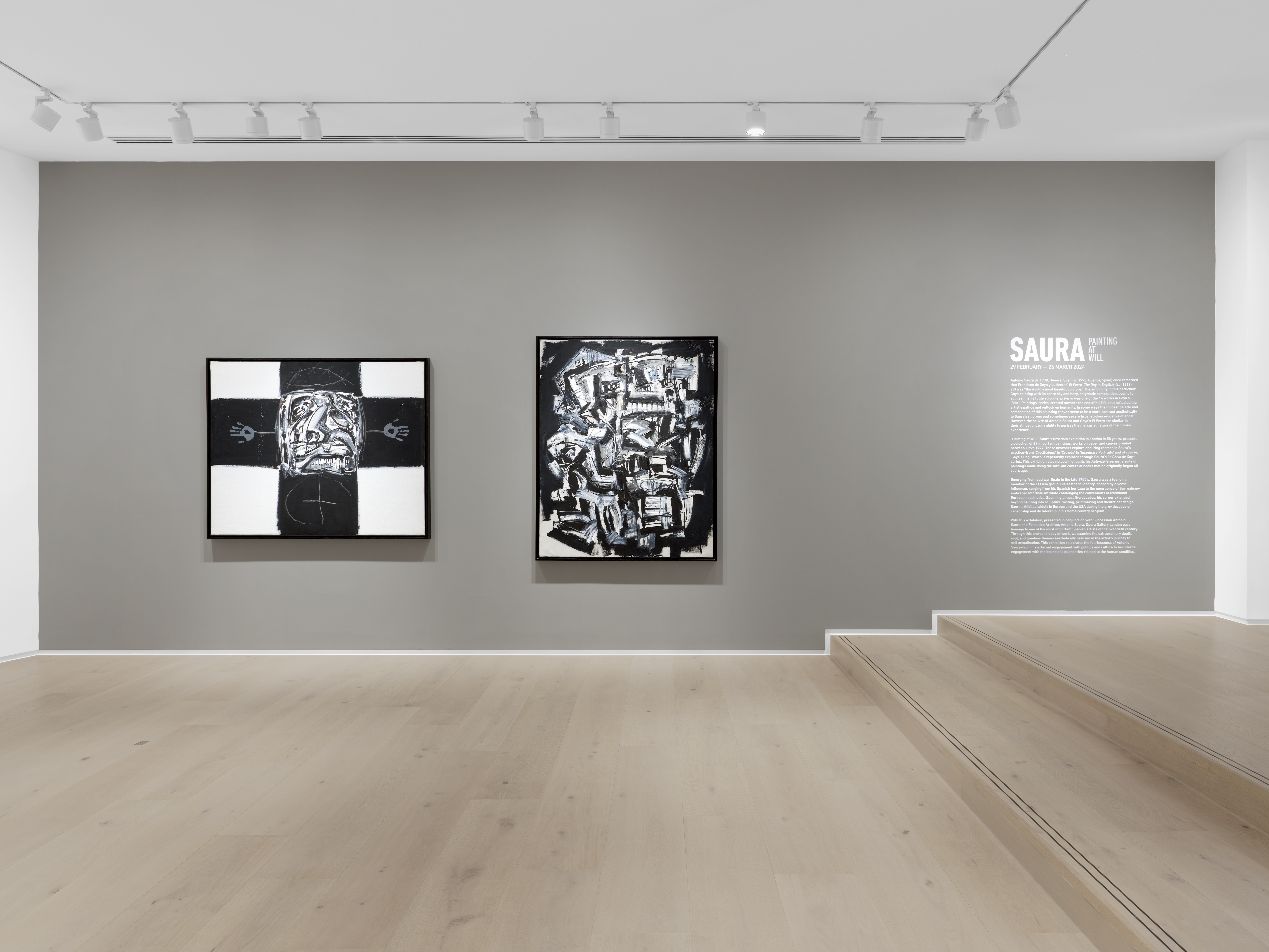
Saura enjoyed collaborations because… His work wasn’t confined to one medium and throughout his prolific career, he engaged with poetry, writing and illustration, among other things. He created unique book illustrations for iterations of George Orwell’s 1984 and Miguel de Cervantes’ Don Quixote. He was an artist uniquely attuned to the social climate of his time and engaged with a diverse range of artists, writers and creatives throughout his life. Saura also created several set designs for theatre, stage and opera, sometimes in collaboration with his brother Carlos Saura, who was a filmmaker. All of these things indicate that Antonio Saura saw collaboration and experimentation as a vital part of the creative process.
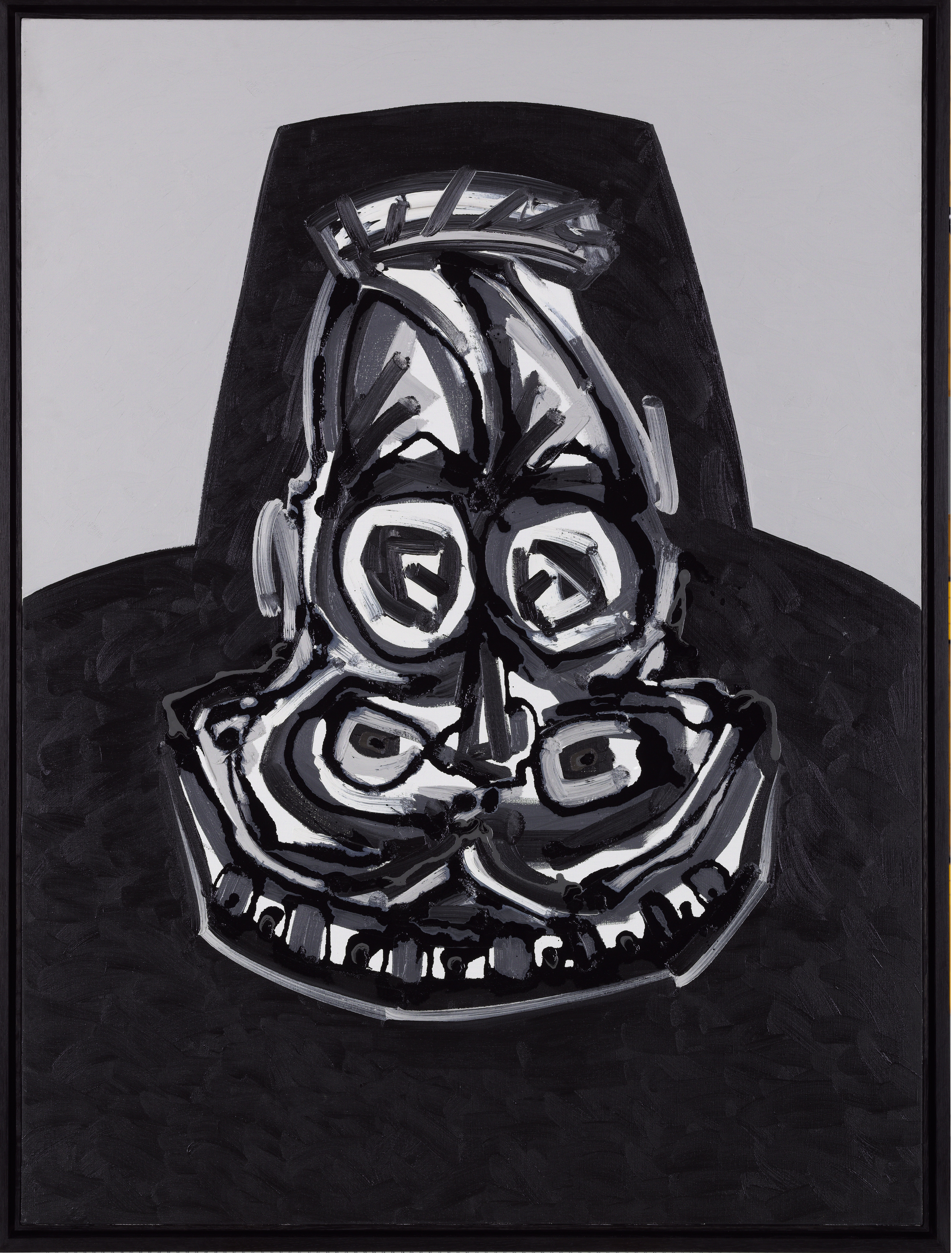
Antonio Saura was famously a founding member of the El Paso and his influence went beyond the art world… Aesthetically and ideologically, Saura was an influence on his peers but also future generations. All of the works in this show are representative of his boundless curiosity and almost prophetic understanding of the human condition, and this contributed to the post-war avant-garde movement in Spain and beyond. Seeing these works today, they tell a story about the past but also feel almost eerily prescient and contemporary at the same time.
Learn more about Antonio Saura and his exhibition at Opera Gallery here:
operagallery.com/antonio-saura-painting-at-will/
